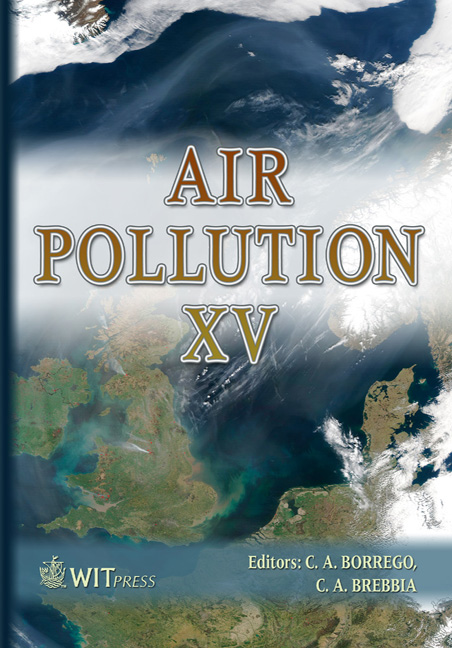A Pilot Investigation Into The Potential Of Mineral Magnetic Measurements As A Proxy For Urban Roadside Particulate Pollution
Price
Free (open access)
Transaction
Volume
101
Pages
10
Published
2007
Size
767 kb
Paper DOI
10.2495/AIR070391
Copyright
WIT Press
Author(s)
C. A. Booth, C. M. Winspear, M. A. Fullen, A. T. Worsley, A. L. Power & V. J. Holden
Abstract
The use of mineral magnetic concentration parameters (χLF, χARM and SIRM) as a potential particle size proxy for urban street dust collected from Southport (Merseyside, UK) is explored. Correlation analyses between each magnetic parameter and traditional particle size classes (i.e. sand, silt and clay) and respiratory health related size classes (i.e. PM10, PM2.5 and PM1.0) are reported. Significant relationships (p <0.001; n = 50) exist between sand, silt and clay content with at least one or all of the magnetic concentration parameters. This is also the same for each PM10, PM2.5 and PM1.0 sizes. Of the three magnetic parameters, χLF displays the strongest correlation values (r = 0.701, P <0.001, n = 50) and is the most significant parameter, which is consistent with all class sizes of each approach. In doing so, these associations indicate mineral magnetic measurements have considerable potential as a particle size proxy for determining urban roadside particulate matter concentrations. Given the speed, low-cost and sensitivity of the measurements, this suggests magnetic techniques could potentially be used as an alternative and/or complementary exploratory technology for pilot particulate pollution investigations. Furthermore, in certain instances, it could be useful for examining linkages between respiratory health and particulate pollution and vehicle emissions. Keywords: environmental magnetism, particle size, urban street dust, built environment, epidemiology, public health.Keywords
environmental magnetism, particle size, urban street dust, built environment, epidemiology, public health.





